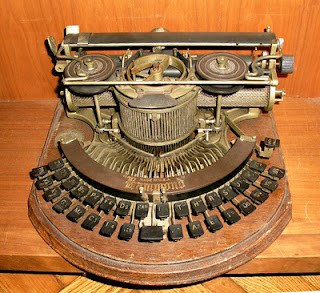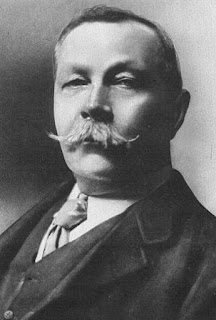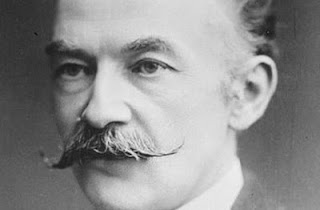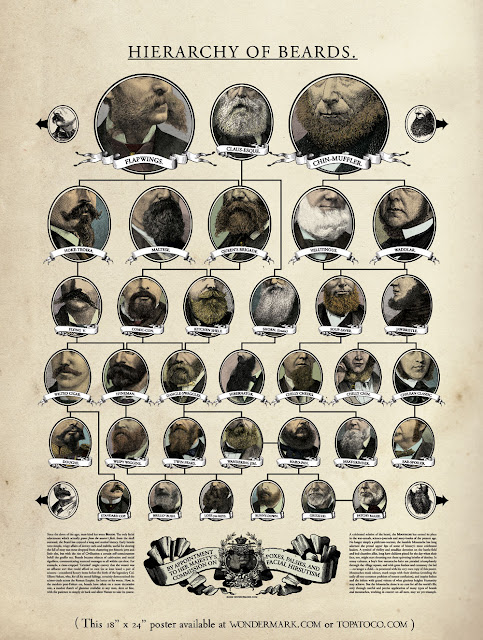After reading the first edition of
The Yellow Book (April 1894), Oscar Wilde quickly dismissed it as "not yellow at all." The title of the journal meant to reflect the risque nature of French fin de siècle literature. Yellow covers warned readers of a books "pornographic" content. Bram Stoker's
Dracula even had a yellow cover, when it first hit the shelves in 1897.
Wilde was right, in the sense that the writing was rather tame. With contributing authors, like: Edmund Gosse, Walter Crane, Frederick Leighton, and Henry James; the artwork was by Aubrey Beardsley and that, to me, really set
The Yellow Book apart.
Beardsley's best-known work is in
The Yellow Book and
Salome, and both are characteristic mockeries of the Victorian artistic ideal, moving toward a style that I would associate with art deco. Even in the 1890s Beardsley associated with people, who would really flourish in the 1920s, when art deco first appeared; people, like
Max Beerbohm.
Most of Beardsley's contemporaries, however, saw his style as highly unnatural and grotesque, making him subject to ridicule in other periodicals. It was The Yellow Book's link to French novels, not Beardsley's art, that would colour its controversial perception though.
As Wilde was escorted to the Old Bailey in 1895, one or two newspapers reported that he carried a copy of
The Yellow Book under his arm. Not particularly fond of
The Yellow Book, Wilde was, in fact, carrying an actual French novel. Since April 1894, the journal had been associated with aestheticism and decadence; after May 1895, it would also be associated with homosexuality.
To distance the journal from the stigma, Beardsley was fired for his former associations with Wilde and the editors wrote:
Aubrey Beardsley, as readers of this journal well know, was another who fell victim to the moral rearguard action and, in the wake of Wilde's imprisonment, he was sacked as art editor of The Yellow Book; all traces of his definitive illustrative work for the quarterly were removed from the April 1895 edition before it was released for publication.
Follow me on Twitter @TinyApplePress and like the Facebook
page for updates!

































.jpeg)


.jpeg)




